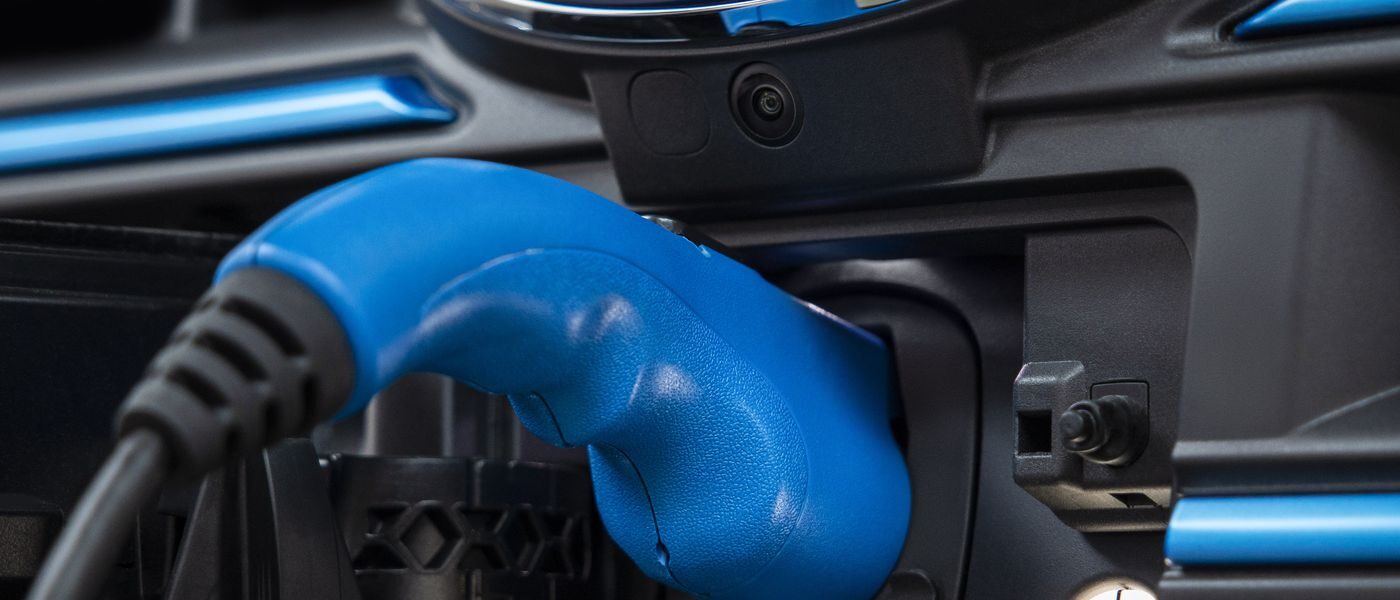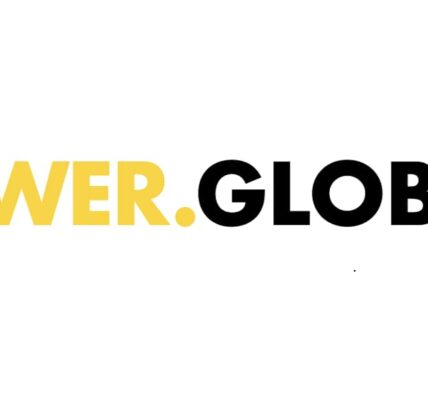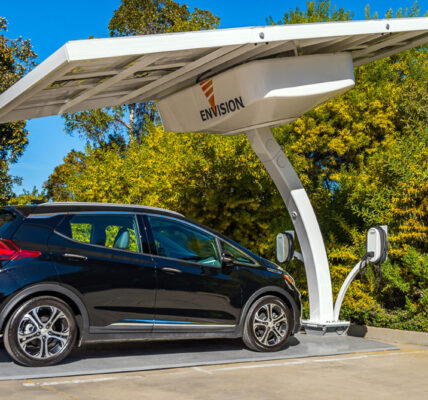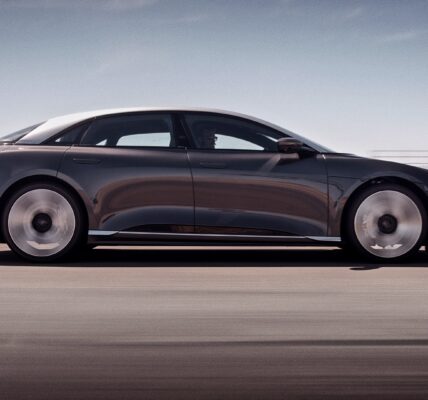Ford is increasing its investment in its electric vehicle future to $30 billion by 2025, up from a previous spend of $22 billion by 2023. The company announced the fresh cashflow into its EV and battery development strategy, dubbed Ford+, during the investor day.
The company said it expects 40% of its global vehicle volume to be fully electric by 2030. Ford sold 6,614 Mustang Mach-Es in the U.S. in Q1, and since it unveiled its F-150 Lightning last week, the company says it has already amassed 70,000 customer reservations.
The Ford+ plan reveals the new path automakers will have to take if they want to keep up with an EV future. Historically, China, Japan and Korea have owned much of the world’s battery manufacturing, but as major OEMs begin building electric cars, the demand is far outstripping supply, forcing car manufacturers to invest their own resources into development. General Motors is building a battery factory with LG in Ohio, and BMW joined Ford to invest in solid state battery startup Solid Power.
This investment “underscores our belief that production-feasible solid state batteries are within reach in this decade,” said Hau Thai-Tang, Ford’s chief product platform and operations officer, during the investor day. “Solid Power’s sulphide-based solid electrolyte and silicon-based anode chemistry delivers impressive battery improvements in performance, including increased range, lower cost, more vehicle interior space and better value and greater safety for our customers.”
The solid state battery manufacturing process doesn’t differ too much from the existing lithium ion battery process, so Ford will be able to reuse about 70% of its manufacturing lines and capital investment, according to Thai-Tang.
At Ford’s Ion Park facility, a battery R&D center Ford is building in Michigan, the automaker has brought together a team of 150 experts to research and create a game plan for the next generation of lithium ion chemistries and Ford’s new energy-dense battery technology, the Ion Boost +.
“Our ultimate goal is to deliver a holistic ecosystem including services that should allow us to achieve higher profitability over time with BEVs than we do today with ICE vehicles,” said Thai-Tang.
The Ion Boost +’s unique cell pouch format is not only ideal for powering Ford’s larger vehicles, but it could also help the company reduce battery costs 40% by mid-decade, the company says.
“The cell chemistry, coupled with Ford’s proprietary battery control algorithm featuring high accuracy sensing technology, delivers higher efficiency and range for customers,” said Thai-Tang.
For commercial vehicles, Ford is working on a battery cell made with lithium ion phosphate chemistry, which it’s calling the Ion Boost Pro, which it says is cheaper and better for duty cycles that require less range.







